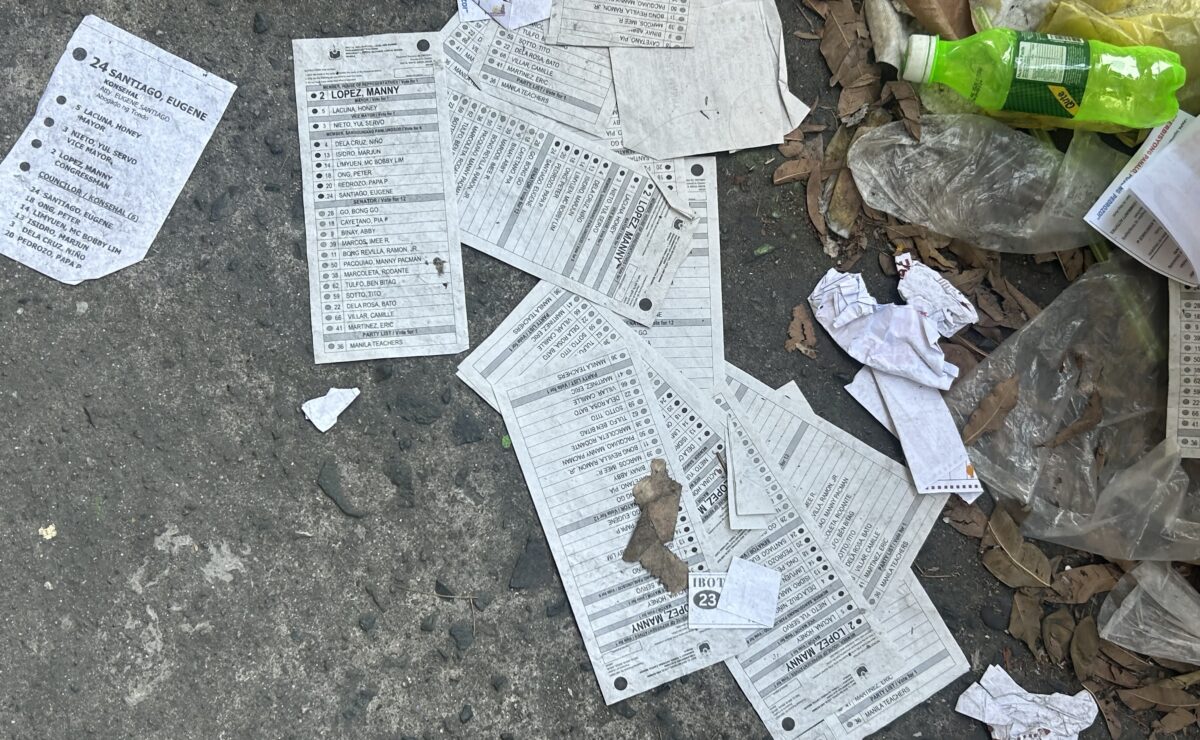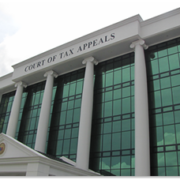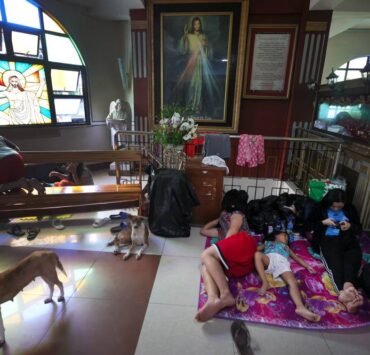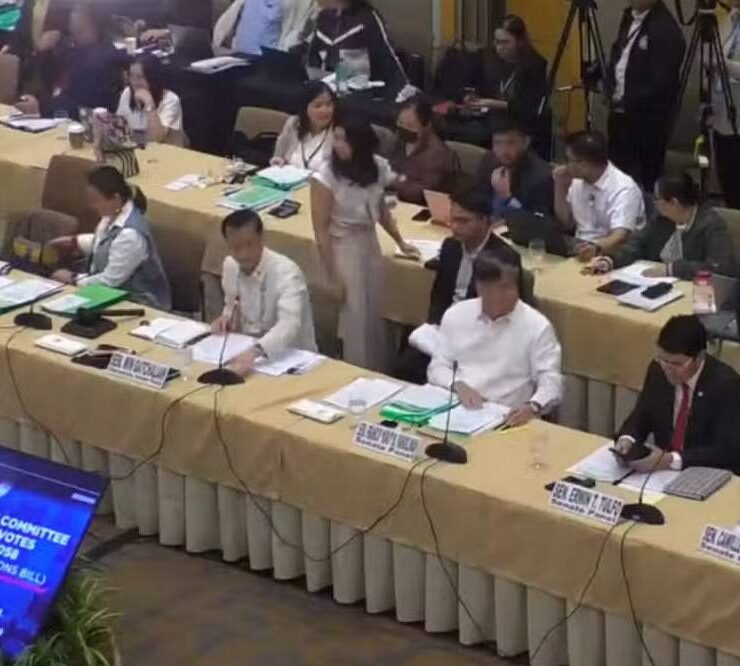MMDA: Flood-control works made ineffective by trash

Blame it on the trash again.
The Metropolitan Manila Development Authority (MMDA) pointed to “some” undisciplined Filipinos’ wanton disregard for proper garbage disposal as among the reasons why most of Metro Manila got submerged in floods again, following the intense rainfall of the past days.
In a virtual Malacañang press briefing, MMDA Chair Don Artes said all of the MMDA’s 71 pumping stations were working at full capacity. “But unfortunately, all the trash in the waterways reduced the efficiency of our pumping stations to siphon floodwaters off,” he lamented.
According to Artes, among the mountains of trash retrieved at the Tripa De Gallina pumping station in Pasay City are old sofas and other furniture, broken refrigerator, branches and trunks of fallen trees, and rubber tires, aside from the usual plastic waste.
These types of large and bulky garbage can impair the trash rake and other facilities of the pumping station, which remove excess water from areas prone to flooding and discharge it to either Laguna de Bay or Manila Bay.
‘Not your trash can’
“We are calling on our countrymen not to make our waterways your trash can. It is our responsibility to properly dispose of our garbage and keep our waterways clean,” Artes said.
“Addressing the floods is not just a responsibility of the government. We should all join hands to solve this. We need the participation of everyone, especially in the proper disposal of garbage,” he added.
“Trash is one of the reasons why there are floods. Our drainage systems are antiquated, more than 50 years old. They are narrow and can only carry a certain volume of flood and rainwater. So if we clog these drainage systems with our trash, it will be really difficult for the floodwater to subside,” he explained.
The MMDA chair said that while the agency regularly cleans up canals and waterways in flood-prone areas in the metro, “when it rains, the water carries with it trash that obstructs our canals, causing floodwater to rise fast and subside slowly.”
Repair works
Manila Mayor Isko Moreno, on the other hand, blamed the flooding in the Sampaloc district, particularly along España Boulevard, on the non-operation of the Sunog Apog pumping station.
But Artes said that particular pumping station has not been turned over to the MMDA, since it is currently undergoing repair works by the Department of Public Works and Highways (DPWH).
The 30-year-old Tangos-Tanza Navigational Gate is also still under repair after microcracks were found on its link arm, which enables the floodgate to be opened and closed.
The rehabilitation works of the floodgate, which helps regulate water flow between Malabon and Navotas, was supposed to be finished by the DPWH’s contractor by July 8, but the deadline was moved to July 21 and the work has not been completed.
Post obstruction
The MMDA also backed the statement of Transportation Secretary Vince Dizon that ongoing construction of the Metro Rail Transit-Line 7 (MRT 7) and Skyway Stage 4 contributed to the flooding in Quezon City, particularly along Commonwealth Avenue.
“When we conducted an inspection yesterday, we found that one of the major drainage systems along Commonwealth Avenue was obstructed by a post of the MRT 7 elevated track. Only one-third or one-fourth of the drainage system was working because of the constructed post,” Artes said.
Based on the MMDA’s 24-hour monitoring, more than 500 areas in Metro Manila were submerged in floodwaters, from gutter-deep (around 8 inches) to head-deep (60 inches) levels.
As of 11 a.m. on Tuesday, the flood areas had been reduced to 273.





















